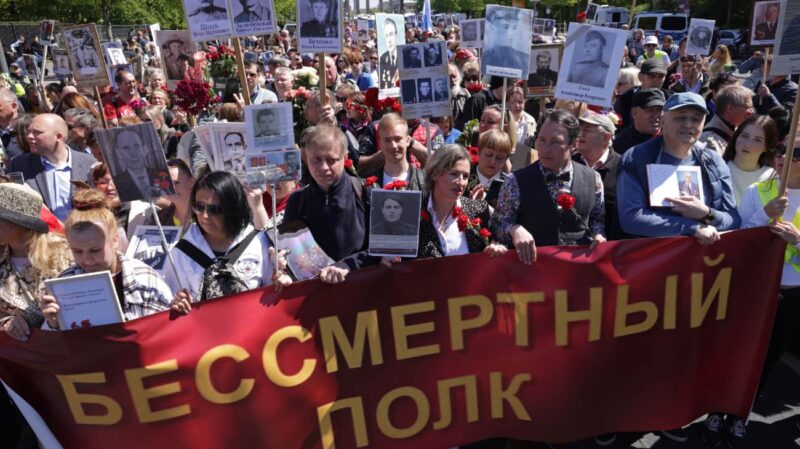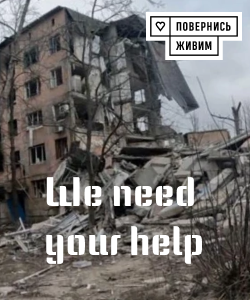In Washington, a new initiative by the Russian diaspora has emerged — they plan to hold a large-scale event that raises controversial questions and sparks outrage within American society

The plan involves Russian nationals organizing the so-called "Immortal Regiment" march in the U.S. capital, using Soviet symbols, including the national flag and the St. George’s ribbon. This has already become a subject of discussion and is causing concern among local activists, historians, and political experts. According to sources, including news agencies such as Ukrinform, the initiative group of Russian citizens in Washington plans to hold this event on May 3 — the 80th anniversary of the end of the so-called "Great Patriotic War," which is traditionally commemorated in Russia as a heroic chapter of World War II. The organizers intend to start the march at 3:30 p.m. local time at Lafayette Square — a small park near the White House. From there, participants plan to walk along central streets of Washington — along Pennsylvania Avenue — to the World War II memorial located in the heart of the city. The promotional booklet used for the event clearly states that the column will march to the sounds of an orchestra, accompanied by songs, and displaying portraits of heroes — veterans and soldiers connected to Soviet history. Not only the route but also the concept of the event itself is noteworthy — the booklet contains Soviet symbols, including red flags, St. George’s ribbons, and other signs that have long evoked mixed reactions in the West. According to information from sources familiar with the preparations, the organizers have assured that they possess all necessary permits from the local authorities prior to the event. During the planning phase, relevant documents were obtained, and the Washington police's press service has not yet issued any official comments regarding the upcoming demonstration. It is also important to note that in 2024, Russian organizers decided to forego the traditional "Immortal Regiment" procession, which they usually held on May 9 in Russia and abroad, including the United States. Given the political situation and the changing approaches to commemorating the war, this event is drawing even greater interest and provoking sharper debates about its meaning and implications. The action in Washington is not just a historical event. It has become a symbol of emphasizing a particular political stance, which can be perceived as provocative and conflicts with the values of American society that is fighting against extremism and propaganda. Local activists, politicians, and experts are already expressing concern about the use of Soviet symbols in this context and their potential impact on international relations. The absence of official comments from Washington police, as well as assurances that the event will comply with local laws, adds to the existing tension. On one hand, the right to peaceful protest in the U.S. is protected, but on the other hand, the content and symbolism raise questions about their alignment with democratic values and anti-propaganda efforts. By organizing these actions, Russian organizers aim to emphasize their historical and political narratives, but given current international trends, they risk provoking negative reactions from both Americans and the global community. It is quite possible that this provocative event will not turn out as its organizers planned.

